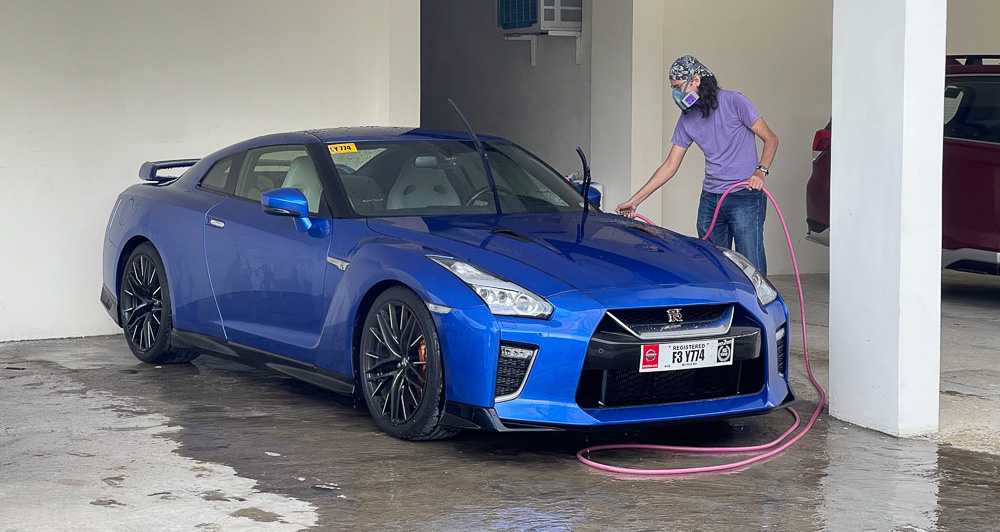
Chances are you love your car, or you wouldn’t have clicked on an article about deadly sins when it comes to keeping your pride and joy clean. With a vehicle being the second-biggest purchase most of us will ever do (after a place to live), it’s totally understandable that we want to look after it, and keeping it nice and shiny not only delights our hearts but also keeps the resale value up. This is why you want to avoid these bad practices when it comes to cleaning your car.
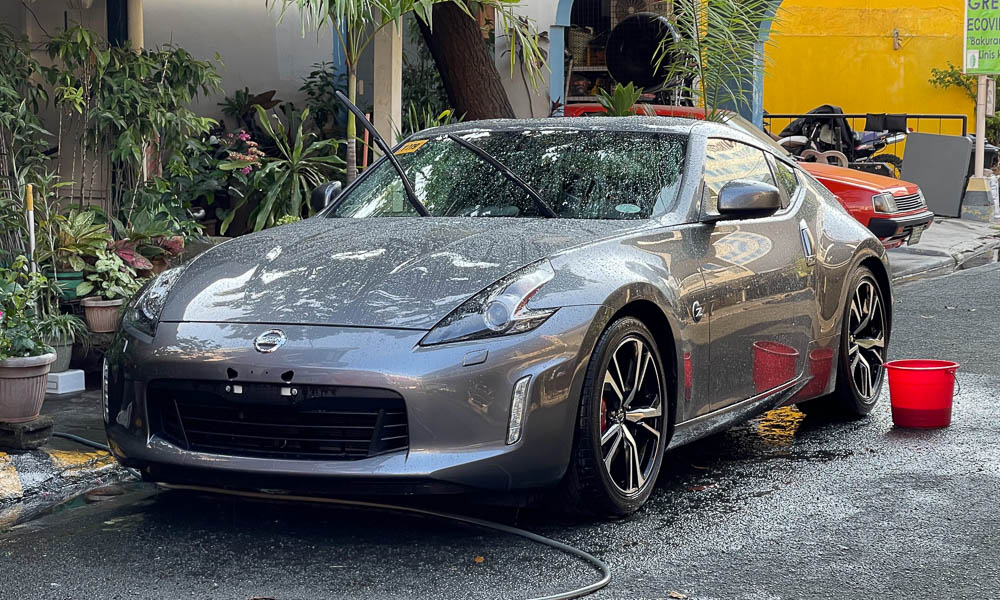
1. Wrong bucket technique. As a careful car owner, you would never even think about letting someone else wash your vehicle, so we don’t even need to talk about taking it to dodgy neighborhood car-wash places. The job of keeping your wheels clean is a personal affair, and the ritual is carried out at home with the help of a bucket and plenty of water. But trouble already awaits if you get your bucket technique wrong.
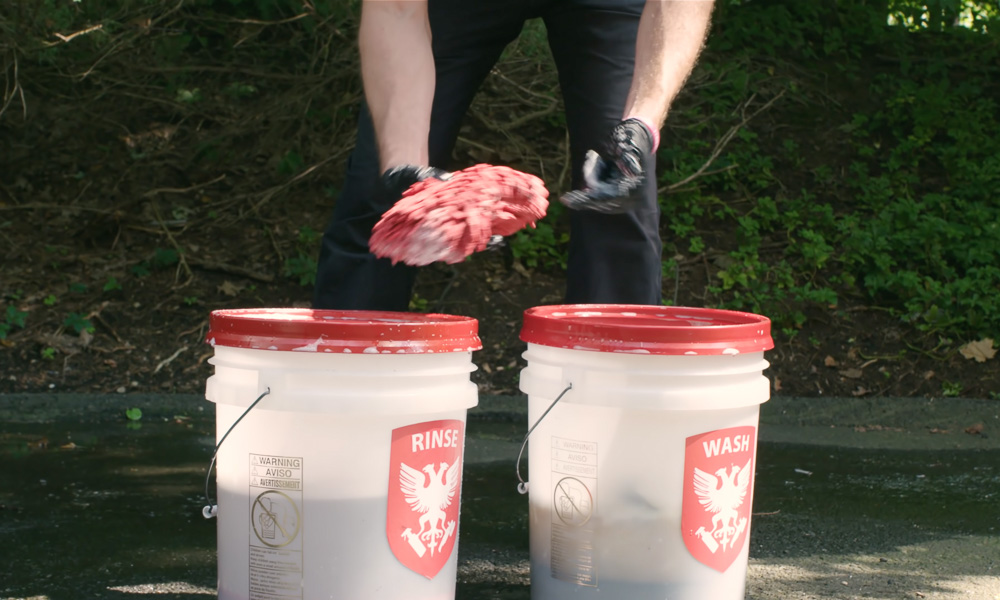
Firstly, it shouldn’t be any old bucket such as the one you use to mop the floor at home. And secondly, two is better than one. If you only use one bucket, then every time you wring the sponge out, you add dirt to the water that you then pick up and distribute across your car again. The best technique is to use at least two buckets. One to soak your sponge with clean, soapy water, and the second one to wring the sponge out in. That way, you minimize the risk of dirt you just removed being smeared across your car again.
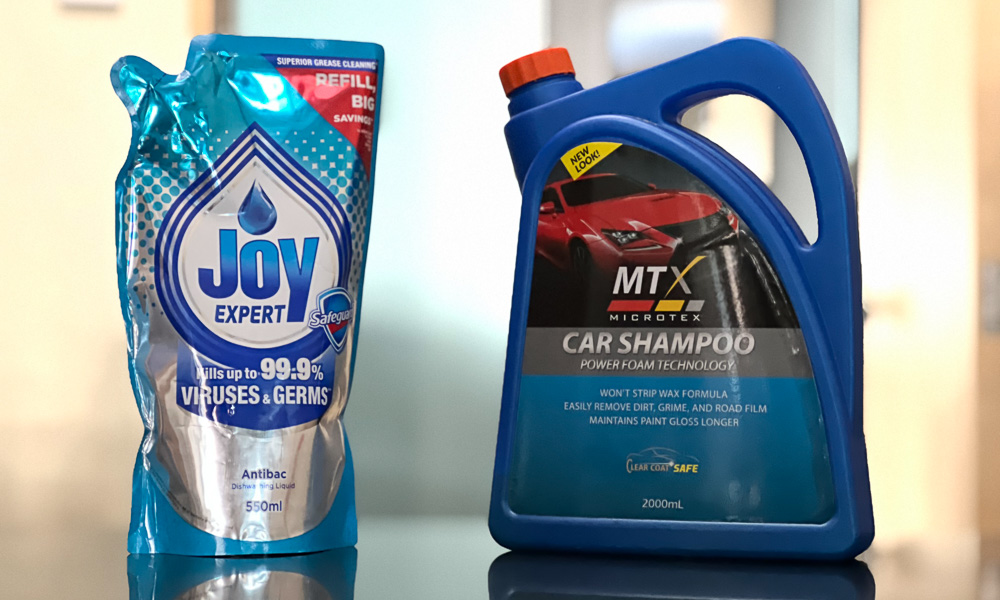
2. Wrong cleaning liquid. The temptation is great to save some money and just squirt a little bit of (cheap) dishwashing liquid into the bucket before washing your car with it. After all, if it can take on dirty dishes, it surely can remove a little bit of dirt from the car, right? Well, yes, it will remove dirt, but unfortunately, it doesn’t stop there. Dishwashing liquid is designed to cut through the fat and dissolve grease and other organic compounds. That means it will also remove any wax film that’s already on your car, and also leave the surface dull and feeling rough. Your car isn’t a soup bowl. Go and invest in some proper car shampoo. Your paintwork will thank you for it.
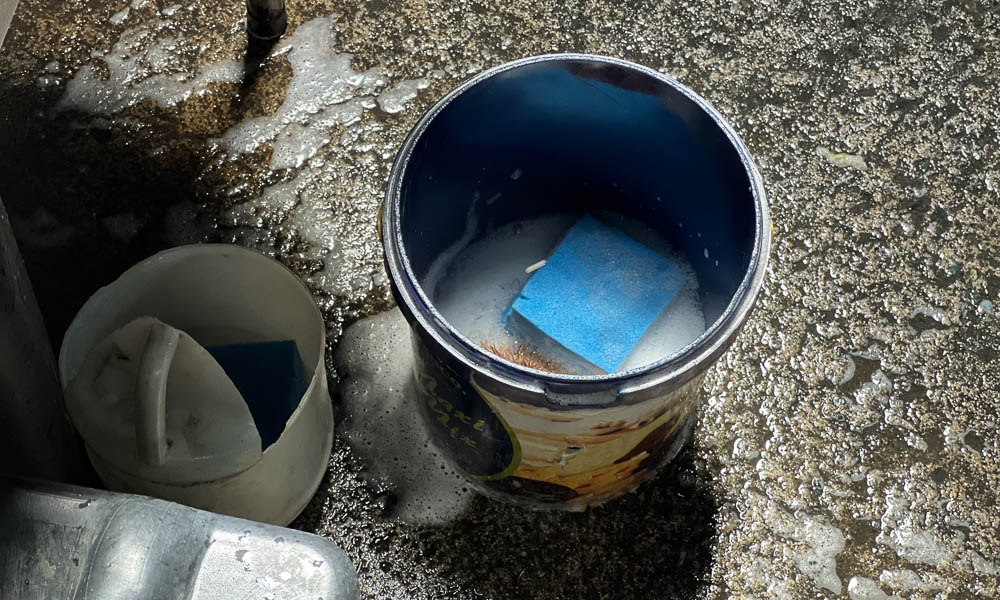
3. Wrong sponge. These days it’s all about sustainability and natural materials, but those aren’t necessarily good choices when it comes to cleaning delicate paintwork. Natural sponges may be environment-friendly and provide good cleaning power, but they also tend to have larger openings and channels within them than their synthetic counterparts. These larger pores and cavities can trap dirt and turn your natural sponge into a nasty piece of sandpaper, dragging dirt across the car and leaving ugly scratch marks behind. Synthetic sponges and microfibers have much smaller pores, and are less likely to trap dirt in them, reducing the risk of damaged paint.
Also—just in case there was any doubt about this—no, those green and yellow kitchen scrubbing sponges should never ever get anywhere near your car.
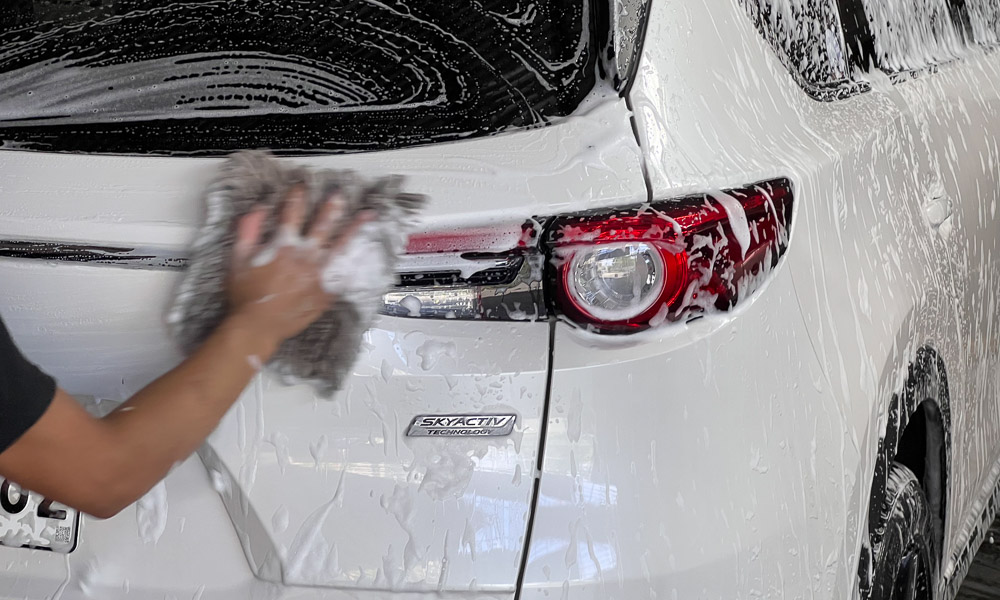
4. Wrong motion. Circular motions may be best when it comes to brushing your teeth, but should be avoided when cleaning your car. Moving your sponge around in circles can leave unsightly swirly patterns behind, and may also lead to dirt being rubbed into the paint instead of being swept off. Instead, work in one direction—for example, front to back or top to bottom. That way, you minimize the risk of dirt swirls and scratches.
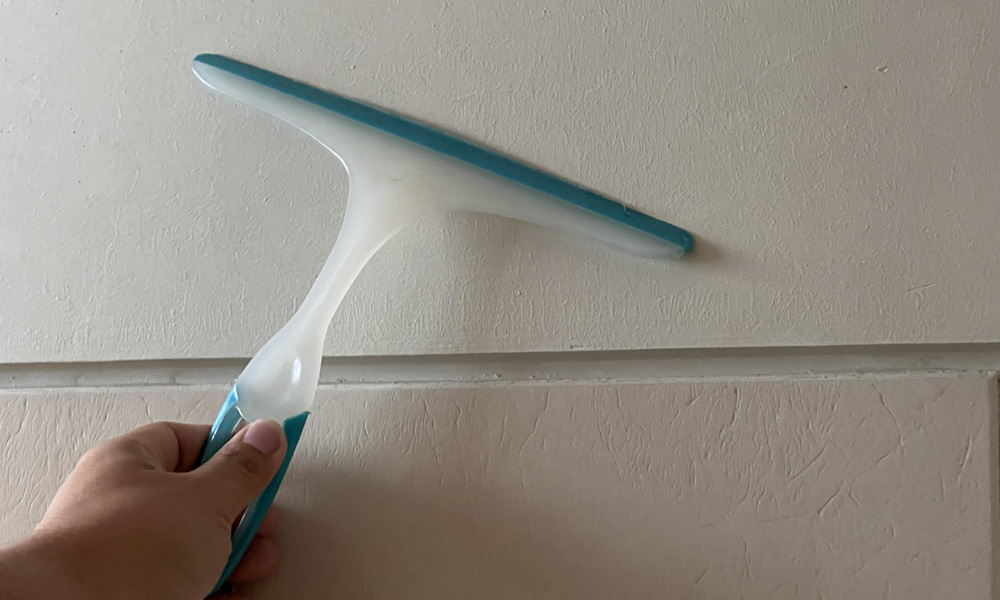
5. Wrong drying technique. Once your baby is clean, it’s time to dry it off. One of the biggest sins you can commit here is to use a squeegee to dry your paintwork in the same way you would remove water from the windows at home. It may seem like an efficient way to get the job done, but you are again running the risk of scratching the paint if any dirt remains on the car and gets trapped at the rubber or silicone lip of the device.
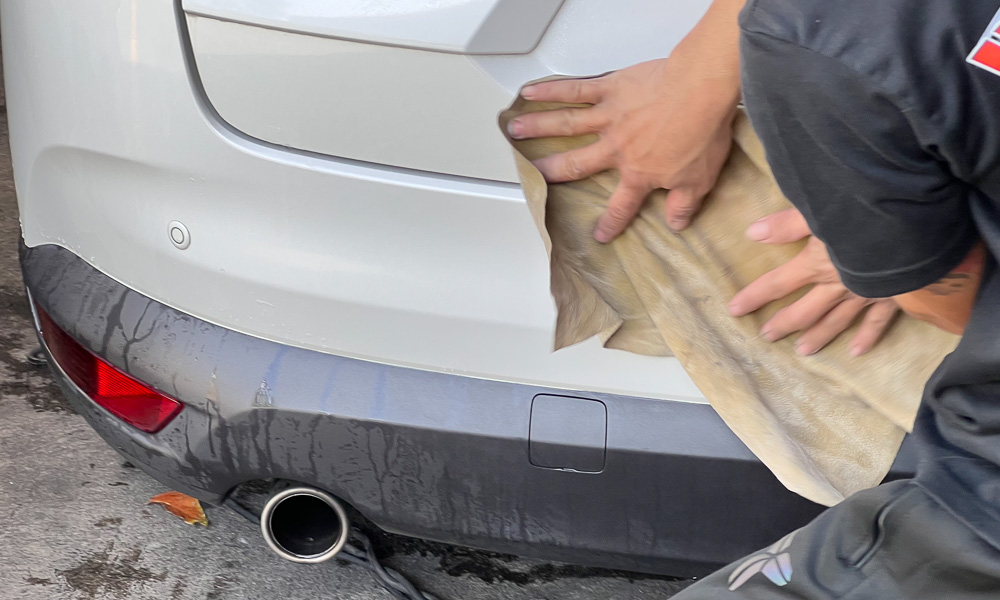
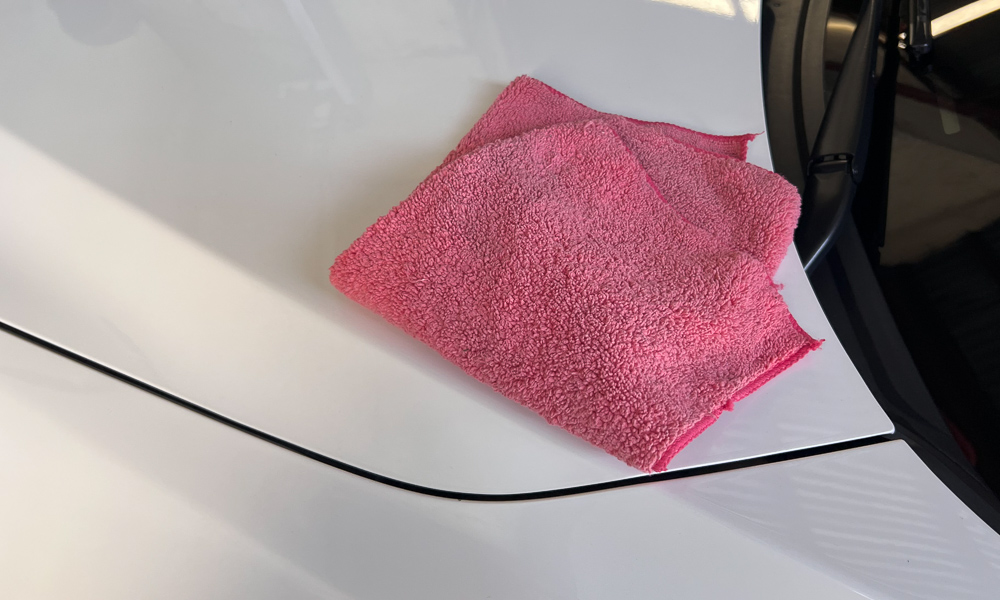
Many motorists swear on leather chamois to get the job done, and while they work quite well when new, they also tend to become stiff and inflexible once they dry out. This again increases the risk of damage to your paint, and often ends up doing a bad job as you need to get the thing soaking wet to make it flexible again.
Ideally, a microfiber drying cloth should be used to get the water off your car and leave it squeaky clean. The material can soak up a lot of water, and minimizes the risk of dirt being trapped within it.


0 Comments